By Christopher Miskimon
One of the most frequently covered what-ifs of World War II is the possibility of a Third Reich wonder weapon changing the course of the war. In particular, many love to consider the effect of German jet aircraft on the conflict’s outcome if more of these wonder weapons had appeared sooner.
Indeed, it seems a daunting prospect; imagine thousands of jets screaming past Allied fighters to wreak havoc upon vulnerable bombers. In truth, except for the numbers of Axis jets, this is what happened. Far from a one-sided battle in the skies, however, American and British pilots found ways to engage the faster German planes despite their superior speed and heavy armament. Fighting Hitler’s Jets: The Extraordinary Story of the American Airmen Who Beat the Luftwaffe and Defeated Nazi Germany (Robert F. Dorr, Zenith Press, Minneapolis, MN, 2013, 298 pp., photographs, bibliography, notes, appendices, index, $30.00, hardcover) tells the stories of airmen on both sides of the fight as well as the histories of the aircraft they flew.
The book opens with a single day, November 26, 1943. On that day Hitler toured an airfield stocked with Germany’s latest aircraft, surrounded by aides and Nazi officials such as Luftwaffe chief Hermann Göring. One plane in particular became the subject of discussion. The Messerschmitt Me-262 fighter jet, nicknamed the Schwalbe, or “Swallow,” represented the possibility of Nazi victory even as the war seemed to be gradually turning against Germany. The aircraft’s development was pushed forward; it would tear Allied bombers from the skies above German cities. That same day, an ocean away, American fighter pilots were training, preparing to take on the best the Third Reich could offer. Their planes, however, would fly into battle pulled along by propellers rather than pushed by jets or rockets. How would they defeat such a foe?
The answer came through training, aggressiveness, and aircraft such as the Republic P-47 Thunderbolt and North American P-51 Mustang. While not as fast as the Me-262, these planes had strengths of their own and, properly handled, would take a toll on their supposedly superior foe. Here is where American advantages came to the fore. No one can dispute that Germany produced excellent aircraft and for a time equally excellent pilots. The United States was able to do the same thing, but in numbers that swamped their enemy with quality planes and pilots equal to their counterparts. While it indeed took time for America to gear up for war, after a short time it was ready to carry the battle to the skies over Europe as Germany was being overwhelmed by a two-front war that sapped manpower and resources faster than they could be effectively replaced.
Once the Me-262 and other jet and rocket-powered planes took to the air, their appearance was indeed an unpleasant surprise to both bomber crews and the fighter squadrons assigned to protect them. They could fly 100 or more miles per hour faster than the American fighters, making them almost impossible to catch. They were well armed with cannon and air-to-air rockets that could make short work of a bomber’s fuselage. They were fighting a defensive battle that gave them the advantage.
These advanced aircraft and their users had their shortcomings, however. Like all new technology, reliability was a problem. The Me-262’s engines had only a few hours of service before requiring overhaul or replacement. Fuel shortages meant pilot training grew increasingly limited. The plane was exposed when taking off or landing, when its speed was useless. Despite frantic efforts, they could not be produced in enough numbers to turn the tide.
 American pilots were quick to take advantage. They sought out the jets when they were in airfield patterns, slow, low, and vulnerable. Even the slower propeller planes could gain killing shots on Nazi jets when the Americans could get above them and dive. A number of American pilots acted aggressively against jet sightings, determined to take the fight to their enemy. The effort paid off; no less than 165 Me-262s and Me-163 Komet interceptors were shot down by American pilots alone.
American pilots were quick to take advantage. They sought out the jets when they were in airfield patterns, slow, low, and vulnerable. Even the slower propeller planes could gain killing shots on Nazi jets when the Americans could get above them and dive. A number of American pilots acted aggressively against jet sightings, determined to take the fight to their enemy. The effort paid off; no less than 165 Me-262s and Me-163 Komet interceptors were shot down by American pilots alone.
This book is a well-researched look at the various jets of the Luftwaffe, the men who flew them, and how U.S. pilots battled them. Chapters cover all three in detail enough to satisfy any air power enthusiast. The author is an acknowledged expert on military aviation history, and it shows in this work. The stories of aircraft development, both Allied and Axis, are artfully interwoven with personal stories of the pilots on both sides who fought each other in the skies over Germany.
The Secret War for the Middle East: The Influence of Axis and Allied Intelligence Operations During World War II (Youssef Aboul-Enein and Basil Aboul-Enein, Naval Institute Press, Annapolis, MD, 2013, 288 pp., maps, notes, bibliography, index, $49.95, hardcover).
During World War II, the Middle East was a key theater for the Allies, despite the fact that Axis forces never penetrated it. German General Erwin Rommel and his Afrika Korps never made it past the Western Desert of Egypt despite grand dreams of taking the oil fields of the Arabian Peninsula and beyond. In strictly military terms, the Third Reich never even came close, although in the realms of espionage, diplomacy, and intelligence, it was deeply engaged in the region.
The entire region was ripe for exploitation by Axis agents. There was the simmering resentment toward British and French rule. Arab nationalist causes, most still in their infancy, could easily be stirred to action against their nominal rulers. Such was the case in Iraq in 1941, where pledges of German support for the overthrow and expulsion of the British led to an overconfident Iraqi attempt to do so, backed by the actual firepower of the Luftwaffe flying from bases in Vichy Syria. German success in the Middle East would threaten the flow of oil vital to the war effort. Generally, Allied responses were swift in preventing any threat from coming to fruition.
The authors have created a work that is as much a political as military history, full of detail on the intrigues of the period. They also make a broad effort to show how Nazi efforts influenced postwar Arab independence movements and thought.
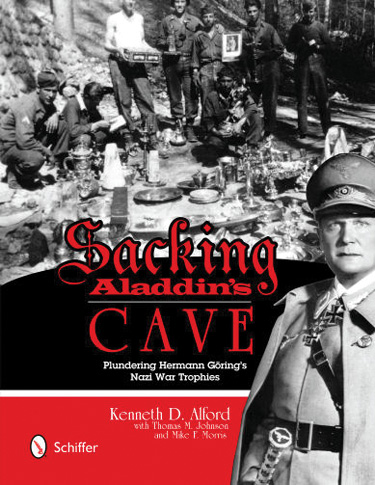 Sacking Aladdin’s Cave: Plundering Hermann Göring’s Nazi War Trophies (Kenneth D. Alford with Thomas M. Johnson and Mike F. Morris, Schiffer Publishing, Atglen, PA, 2013, 136 pp., photographs, notes, bibliography, index, $59.99, hardcover).
Sacking Aladdin’s Cave: Plundering Hermann Göring’s Nazi War Trophies (Kenneth D. Alford with Thomas M. Johnson and Mike F. Morris, Schiffer Publishing, Atglen, PA, 2013, 136 pp., photographs, notes, bibliography, index, $59.99, hardcover).
It is well known that Luftwaffe chief Hermann Göring helped himself to vast amounts of Europe’s art treasures during Nazi Germany’s 12-year reign. His several homes were adorned with them. Less understood is how many of these cultural riches went home with Americans after the war. Because of the book and miniseries Band of Brothers, the arrival of the 101st Airborne Division in Berchtesgaden in 1945 is popularly understood; the scenes showing GIs helping themselves to silverware and liquor are memorable. Another unit, the 1269th Engineer Battalion, also went to Berchtesgaden along with the U.S. 3rd Infantry and French 2nd Armored Divisions.
Once there, they found valuable artwork, goods made of precious metals and other valuables spread around, some in storage, others lying about as if dropped or thrown away. Soon, “Aladdin’s Cave,” part of a bunker system used to conceal the bulk of Göring’s artwork, was discovered under the local Luftwaffe headquarters. Fresh cement had been poured to conceal it. From there it became a constant battle as items apparently began disappearing from the collection as generals, visiting politicians, and other VIPs down to private soldiers started putting their hands on whatever suited them. Some items were taken as legitimate trophies and now reside in museums and military centers. Others disappeared, and the search for them is ongoing. Millions of dollars in looted Nazi memorabilia was seized by the Drug Enforcement Administration during a narcotics arrest in 1997. The story of all this is included in this well-researched, lavishly illustrated work.
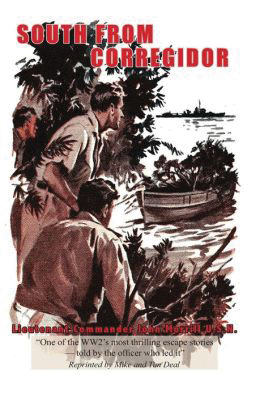 South From Corregidor (Lt. Cmdr. John Morrill, USN, reprinted by Mike and Tom Deal, Createspace Independent Publishing, North Charleston, SC, 2013, 273 pp., maps, illustrations, $14.00, softcover)
South From Corregidor (Lt. Cmdr. John Morrill, USN, reprinted by Mike and Tom Deal, Createspace Independent Publishing, North Charleston, SC, 2013, 273 pp., maps, illustrations, $14.00, softcover)
Three days after the attack on Pearl Harbor, Lt. Cmdr. John Morrill, commanding the minesweeper USS Quail, ordered its recently rebuilt engines tested. The ship was berthed in Cavite, Manila Harbor. As the crew set to it, Japanese planes appeared overhead. Morrill told his men to keep testing the engines—and open fire on the enemy fighters. Soon several nearby warships were disabled, floating helplessly. Morrill towed them out of harm’s way so they could be repaired for further service. It was the first act of bravery during the Navy officer’s Philippine odyssey, but not the last. After Quail was sunk and the island fortress of Corregidor fell, Morrill and 17 sailors decided to try to escape to Australia. Their journey took them through the islands of the Philippines, harrowing escapes, and constant danger.
This is a reprint of a 1943 book recounting Morrill’s journey. While some of the text was obviously revised for easier reading, it is still an interesting account of how a small group of sailors created its own small victory of escape and survival.
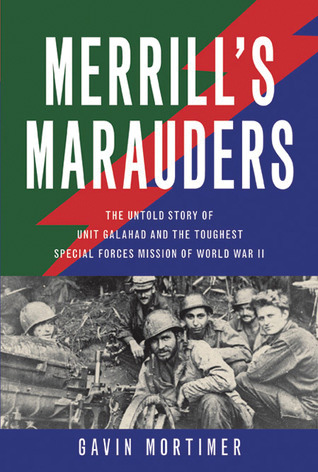 Merrill’s Marauders: The Untold Story of Unit Galahad and the Toughest Special Forces Mission of World War II (Gavin Mortimer, Zenith Press, Minneapolis, MN, 2013, 240 pp., maps, photographs, notes, bibliography, index, $30.00, hardcover).
Merrill’s Marauders: The Untold Story of Unit Galahad and the Toughest Special Forces Mission of World War II (Gavin Mortimer, Zenith Press, Minneapolis, MN, 2013, 240 pp., maps, photographs, notes, bibliography, index, $30.00, hardcover).
The 5307th Composite Unit (Provisional) is one of the more famous American units in World War II, but few know them that way. Rather, they are Merrill’s Marauders, a group of 3,000 volunteers who went into the forbidding jungles of Burma to attack Japanese supply lines and seize an airfield near the town of Myitkyina. Theirs is a story of incredible hardship; these soldiers marched 700 miles through some of the harshest terrain on the planet. Along the way, disease and malnutrition withered their numbers until only a few hundred able-bodied fighters remained when reinforcements finally arrived at the Burmese town they had suffered to reach.
There have been many books written about the Marauders since their daring journey. This one merits reading through its attention to detail and excellent writing. Most of the book covers the direct experiences of the soldiers themselves, vividly revealing the twin hells of combat and life in the jungles of Burma. Occasionally, the author shifts to the higher levels of command, but wisely limits this in favor of retelling the Marauders’ story at its basic level.
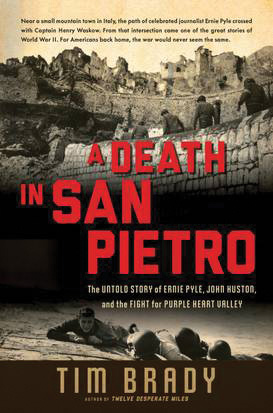 A Death in San Pietro: The Untold Story of Ernie Pyle, John Huston, and the Fight for Purple Heart Valley (Tim Brady, Da Capo Press, Boston, MA, 2013, 320 pp., photographs, notes, bibliography, index, $25.99, hardcover).
A Death in San Pietro: The Untold Story of Ernie Pyle, John Huston, and the Fight for Purple Heart Valley (Tim Brady, Da Capo Press, Boston, MA, 2013, 320 pp., photographs, notes, bibliography, index, $25.99, hardcover).
War correspondent Ernie Pyle was famed for reporting on the American soldier and his struggles during World War II. While in Italy, he was attached to a company of the 143rd Infantry, 36th Division. This unit soon found itself fighting a hellish battle for the town of San Pietro. The rugged terrain, often harsh weather, and stout German defenses combined to drain the American infantry of strength.
This company had a leader its men looked up to as if he were their father, Captain Henry Waskow. Despite the dangers, he led his men into battle time and again until his company was reduced to the size of a platoon and Waskow was killed leading yet another mission. Pyle wrote a column about Waskow that was so poignant that it gained instant fame across the United States. John Huston, the celebrated filmmaker, chose to make a documentary about the battle, which drew wide acclaim of its own. The film was shown in the spring of 1945, just weeks after Pyle met his own death on Okinawa. The stories of the battle, Waskow, Pyle, and Huston are combined here in this well-done book.
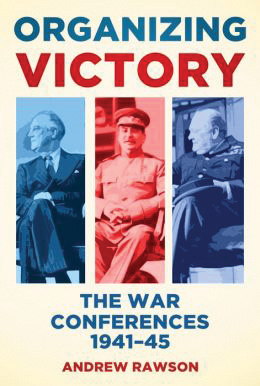 Organizing Victory: The War Conferences 1941-45 (Andrew Rawson, The History Press, Gloucestershire, UK, 2013, 368 pp., photographs, index, $24.95, softcover).
Organizing Victory: The War Conferences 1941-45 (Andrew Rawson, The History Press, Gloucestershire, UK, 2013, 368 pp., photographs, index, $24.95, softcover).
In December 1941, U.S. President Franklin Roosevelt and British Prime Minister Winston Churchill met at the Arcadia Conference. During this meeting the decision was made to concentrate on the defeat of Germany first, securing Great Britain and creating a supply conduit across the Atlantic Ocean to fuel that effort. Their respective chiefs of staff began setting up the immense logistical and planning needs to make those decisions reality. Over the course of World War II, the main Allied leaders met 10 times to discuss the overall strategies for victory. Each meeting was the birthplace of decisions that brought about the eventual defeat of Nazi Germany and Imperial Japan.
For those interested in these conferences, this new book reprints the minutes from each meeting in order. The author has edited out the procedural language and changed the wording to past tense for easier reading. Each meeting is covered day by day, showing the decision making that translated into orders to theater commanders for combat operations around the globe.
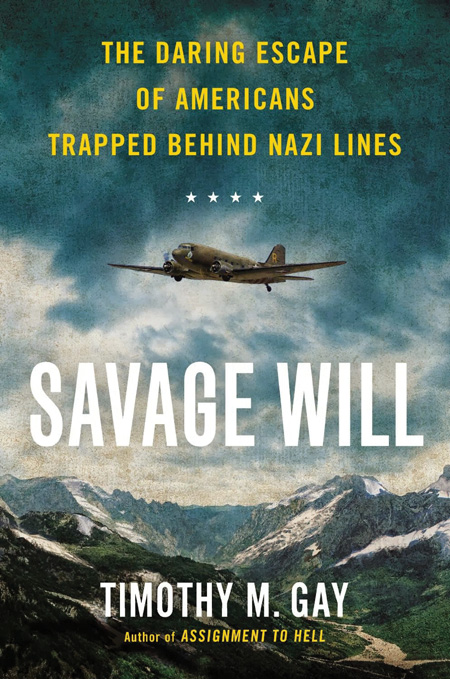 Savage Will: The Daring Escape of Americans Trapped Behind Nazi Lines (Timothy M. Gay, NAL Caliber, New York, 2013, 333 pp., photographs, notes, bibliography, index, $26.95, hardcover).
Savage Will: The Daring Escape of Americans Trapped Behind Nazi Lines (Timothy M. Gay, NAL Caliber, New York, 2013, 333 pp., photographs, notes, bibliography, index, $26.95, hardcover).
On November 8, 1943, a transport plane took off from an airfield near Catania, Sicily, crowded with a group of 25 nurses and medics along with a few others. A heavy fog caused the plane to stray off course. Rather than landing in Bari on the east coast of Italy, it instead crashed on a mountainside in central Albania, stranding the passengers in German-held territory. Quickly contacted by local guerrillas, the group began a long and harrowing journey to not only survive, but also escape the enemy.
No less a figure than President Roosevelt took a personal interest in the situation. While the stranded Americans were fleeing German patrols, suffering blizzards, and living in fear of the Gestapo, he was ordering their rescue—at all costs. The British Special Operations Executive (SOE) had an active network in Eastern Europe. It had experience in extracting downed pilots and its own operatives, so it went into action to get what Roosevelt called “the flower of American womanhood” back safely. In fact, the SOE had already been working on the problem, apparently not fast enough for Roosevelt’s taste.
The story of how these lost Americans escaped the treacherous Albanian mountains reads almost like a novel, combining the adventures of the trapped nurses and medics with the efforts of British and American operatives to get them out, along with the high-level attention the situation attracted. Their 62-day ordeal behind enemy lines is a tale worth reading.
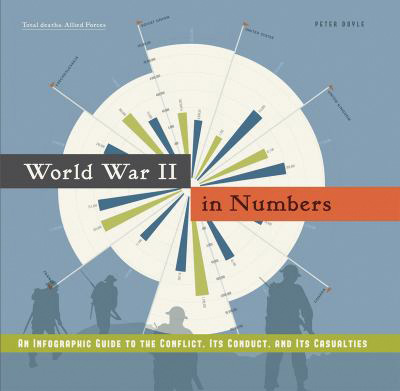 World War II in Numbers: An Infographic Guide to the Conflict, Its Conduct, and its Casualties (Peter Doyle, Firefly Books, Ontario, Canada, 2013, 224 pp., maps, photographs, many charts and tables, bibliography, index, $29.95, hardcover.
World War II in Numbers: An Infographic Guide to the Conflict, Its Conduct, and its Casualties (Peter Doyle, Firefly Books, Ontario, Canada, 2013, 224 pp., maps, photographs, many charts and tables, bibliography, index, $29.95, hardcover.
Statistics are a part of everyday life in the 21st century. Everything from economic forecasts to batting averages is quantified daily in an attempt to fathom various aspects of life. While numbers never tell the whole story, they are a valuable way to gain understanding, and World War II is no exception. While most history books will give the reader some statistics in order to tell the tale, this new book gathers various numbers related to the conflict to provide an expanded concept of its scope and breadth.
Some numbers provide explanation of why the war went as it did. Charts showing the population figures for the combatants in 1940 reveal that the various Axis nations totaled 222 million people while the Allied countries had well over 1.3 billion. Likewise, the combined gross domestic product of the Axis was still less than that of the United States alone. Production numbers show this disparity in stark contrast. Casualty figures are also shown in easily understood tables revealing how the Western Allies lost relatively few soldiers compared to the Soviet Union.
Statistics of the battlefield are covered as well. Charts showing tank strengths in the Western Desert, the penetration capabilities of antitank guns, and the specifications of rifles give details more important to the soldier than the strategist. Lists of the top air aces by country, submarine losses, and even artillery rates of fire are all available in this work. It reads easily, almost as an almanac of World War II.
New and Noteworthy
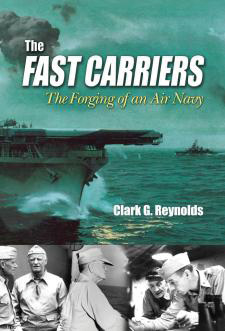 The Fast Carriers: The Forging of an Air Navy (Clark G. Reynolds, Naval Institute Press, 2014, $26.95, softcover) This book analyzes the development of carrier doctrine in the U.S. Navy during World War II. Battlefield experiences mix with headquarters debate to complete the study.
The Fast Carriers: The Forging of an Air Navy (Clark G. Reynolds, Naval Institute Press, 2014, $26.95, softcover) This book analyzes the development of carrier doctrine in the U.S. Navy during World War II. Battlefield experiences mix with headquarters debate to complete the study.
Into the Dark Waters: The Story of Three Officers and PT-109 (John J. Domagalski, Casemate, 2014, $29.95, hardcover) John F. Kennedy was not the first man to command PT-109. Two other men did so before this famous torpedo boat met its fate. The stories of all three men are told here.
Battle of the Bulge: Vol. 3, The 3rd Fallschirmjager Division in Action, December 1944-January 1945 (Hans Wijers, Stackpole Press, 2014, $18.95, softcover) This book about German paratroopers uses firsthand accounts from both sides, revealing the bitter combat of the Wehrmacht’s last great offensive.
Italian Fighting Vehicles in Focus 1916-1945 (Ray Merriam, Merriam Press, 2014, $42.95, softcover) Italy operated a number of tanks, self-propelled guns, and armored cars. History and technical data are included along with numerous photographs.
Command Culture: Officer Education in the U.S. Army and the German Armed Forces, 1901-1940, and the Consequences for World War II (Jorg Muth, University of North Texas Press, 2013, $18.95, softcover) This book compares the advanced education programs of both the Wehrmacht and the U.S. Army. The author argues that the American system was conservative and outdated while the German one encouraged innovation and initiative.
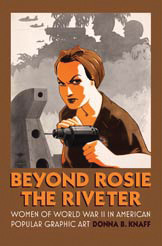 Forgotten Fifteenth: The Daring Airmen Who Crippled Hitler’s War Machine (Barrett Tillman, Regnery Publishing, 2014, $29.95, hardcover) The U.S. Fifteenth Air Force waged its own war against the Third Reich’s southern flank. This is the story of its high-risk missions and role in the Allied victory.
Forgotten Fifteenth: The Daring Airmen Who Crippled Hitler’s War Machine (Barrett Tillman, Regnery Publishing, 2014, $29.95, hardcover) The U.S. Fifteenth Air Force waged its own war against the Third Reich’s southern flank. This is the story of its high-risk missions and role in the Allied victory.
Heroes in Death: The von Blücher Brothers in the Fallschirmjäger, Crete, May 1941 (Adrian Nisbett, Schiffer Publishing, 2014, $35.00, hardcover) The Battle of Crete was a bloody affair. This book tells the story of three brothers who fought and died there.
Beyond Rosie the Riveter: Women of World War II in American Popular Graphic Art (Donna B. Knaff, University of Kansas Press, 2014, $19.95, softcover) Rosie the Riveter has become an icon in American art. The story of women and artwork during the war is told here in detail.
Marching into Darkness: The Wehrmacht and the Holocaust in Belarus (Waitman Wade Beorn, Harvard University Press, 2014, $39.95, hardcover) This new work exposes how ordinary Wehrmacht soldiers took part in the Holocaust. It describes how Army-organized hunts of Jews and the use of anti-partisan actions were used as a justification for extermination.
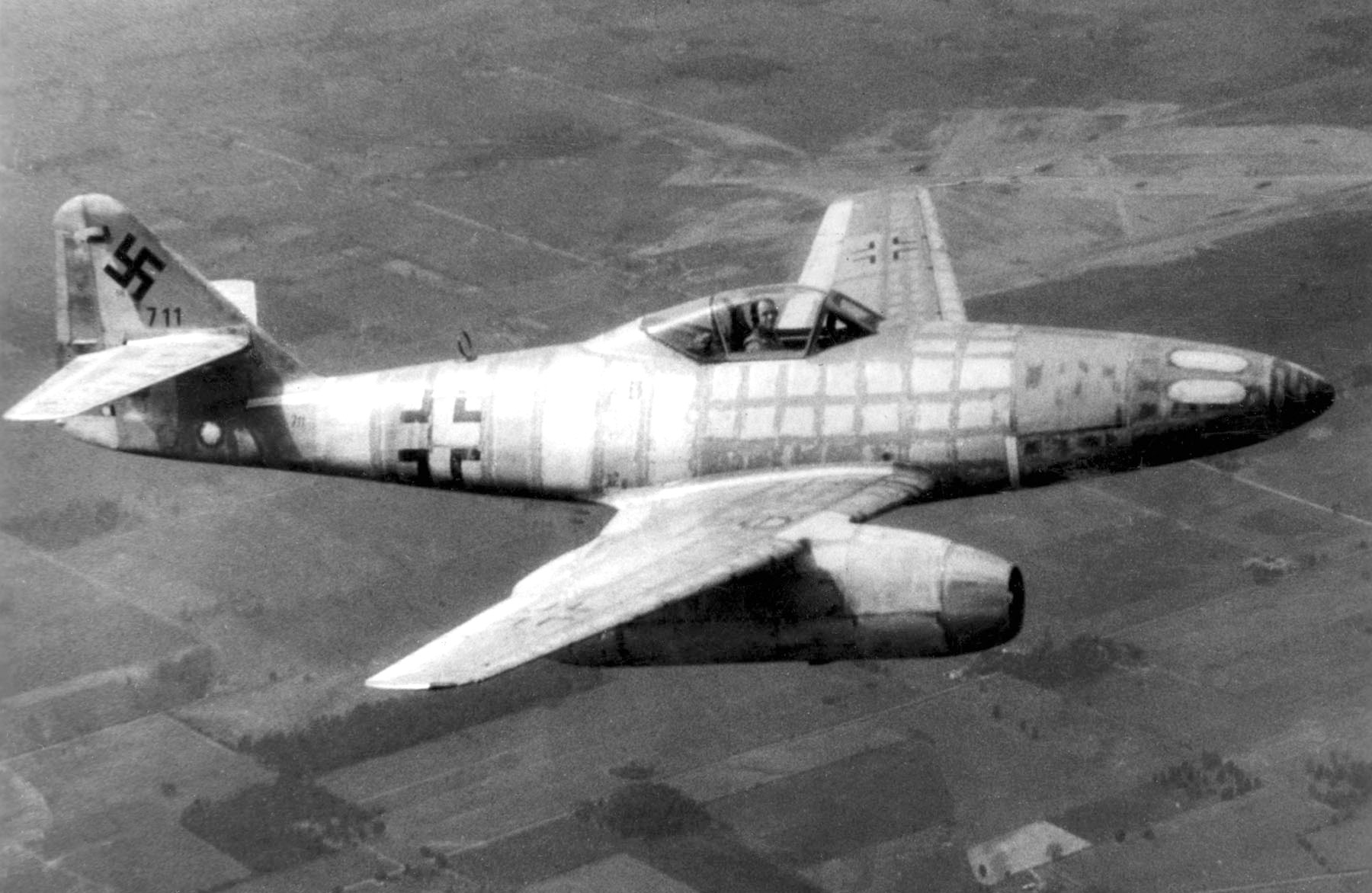
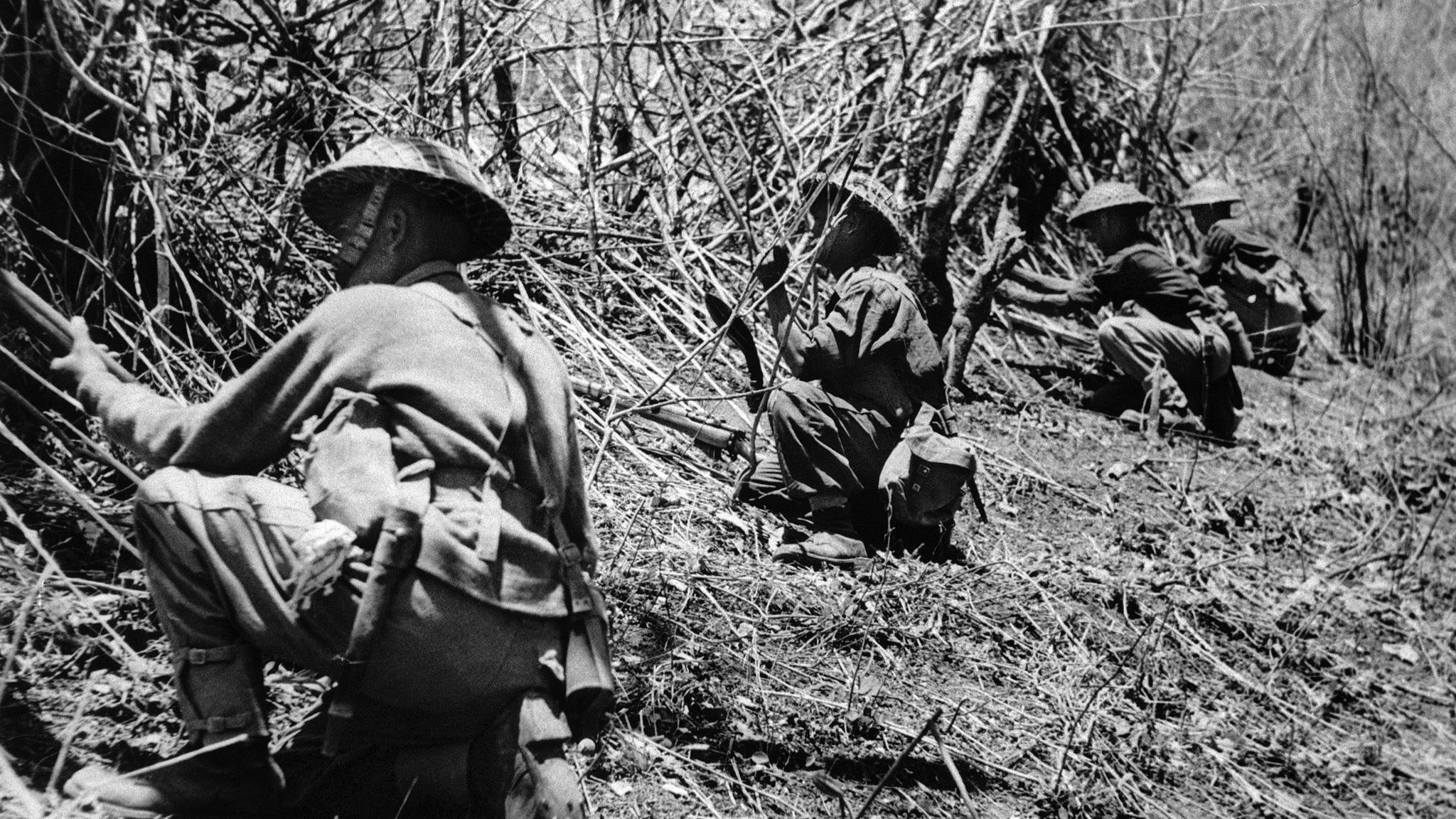
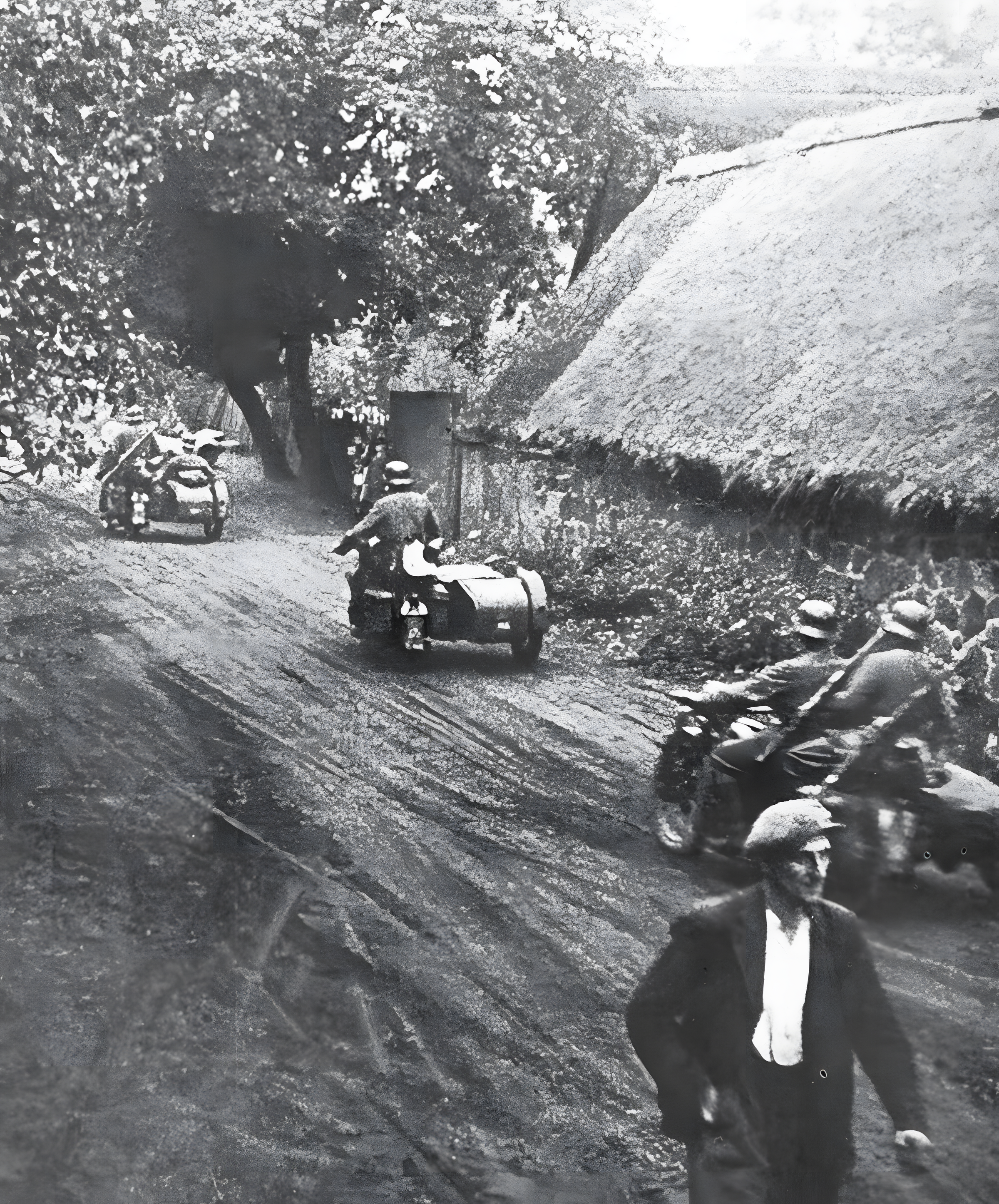
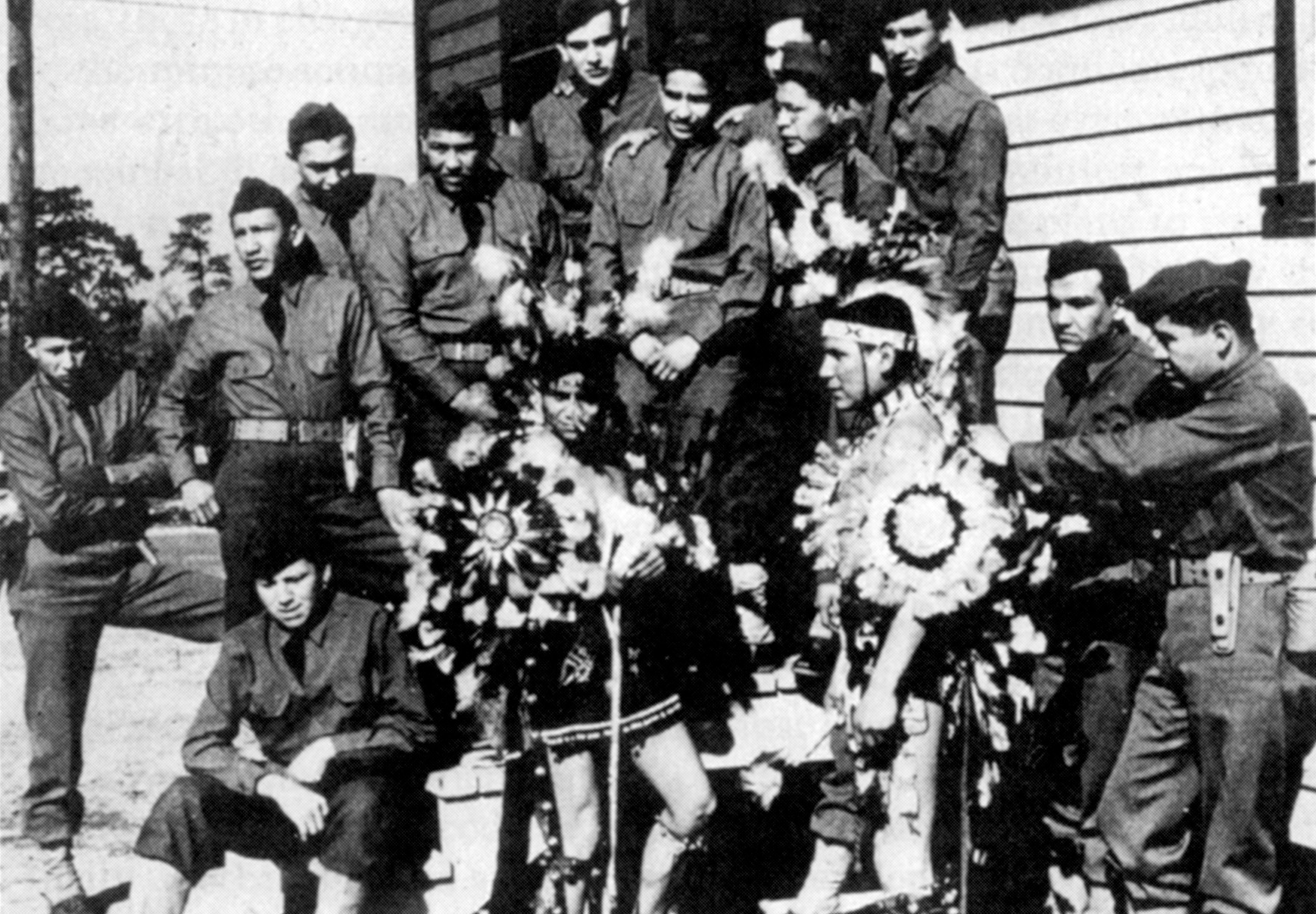
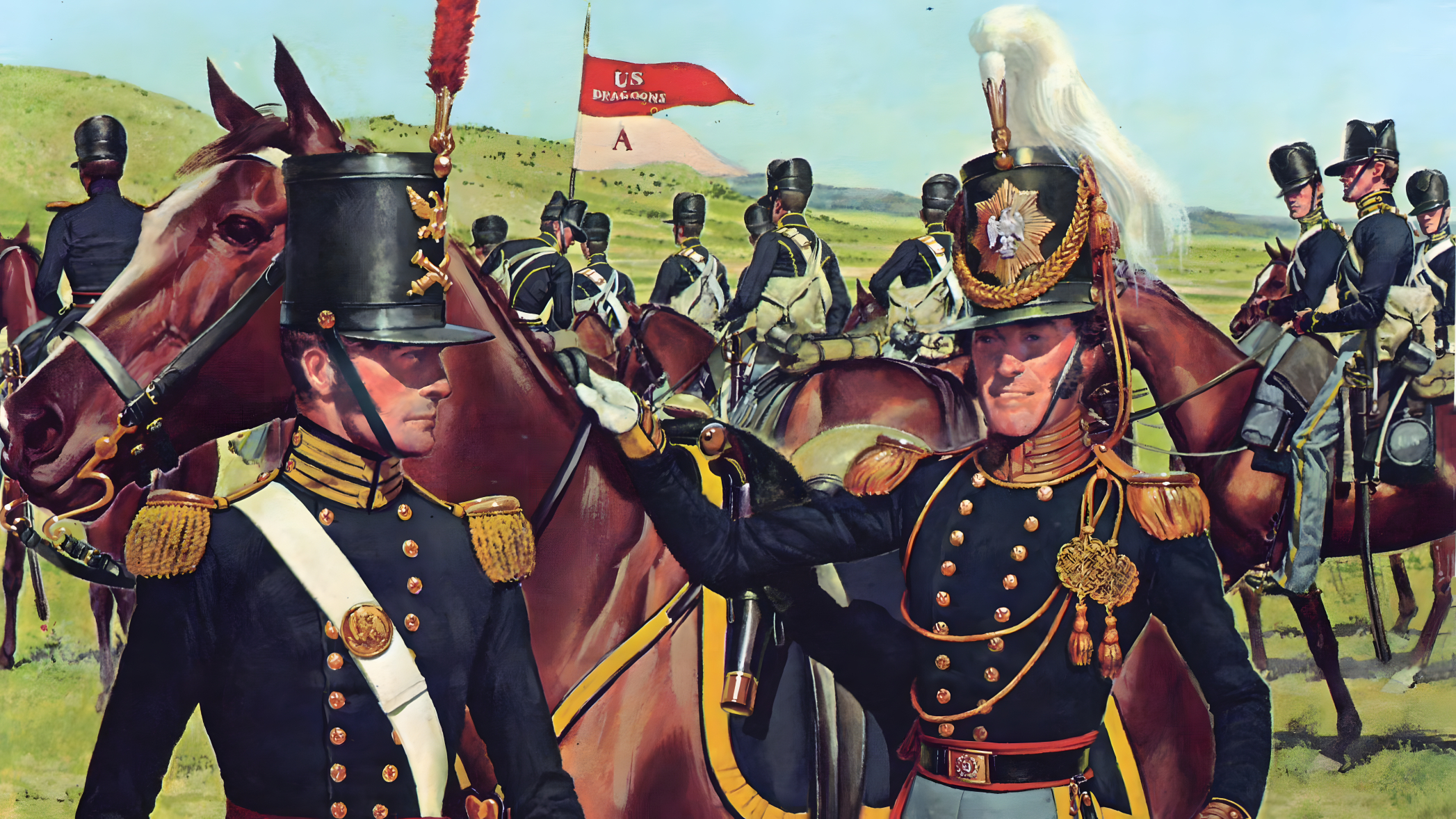
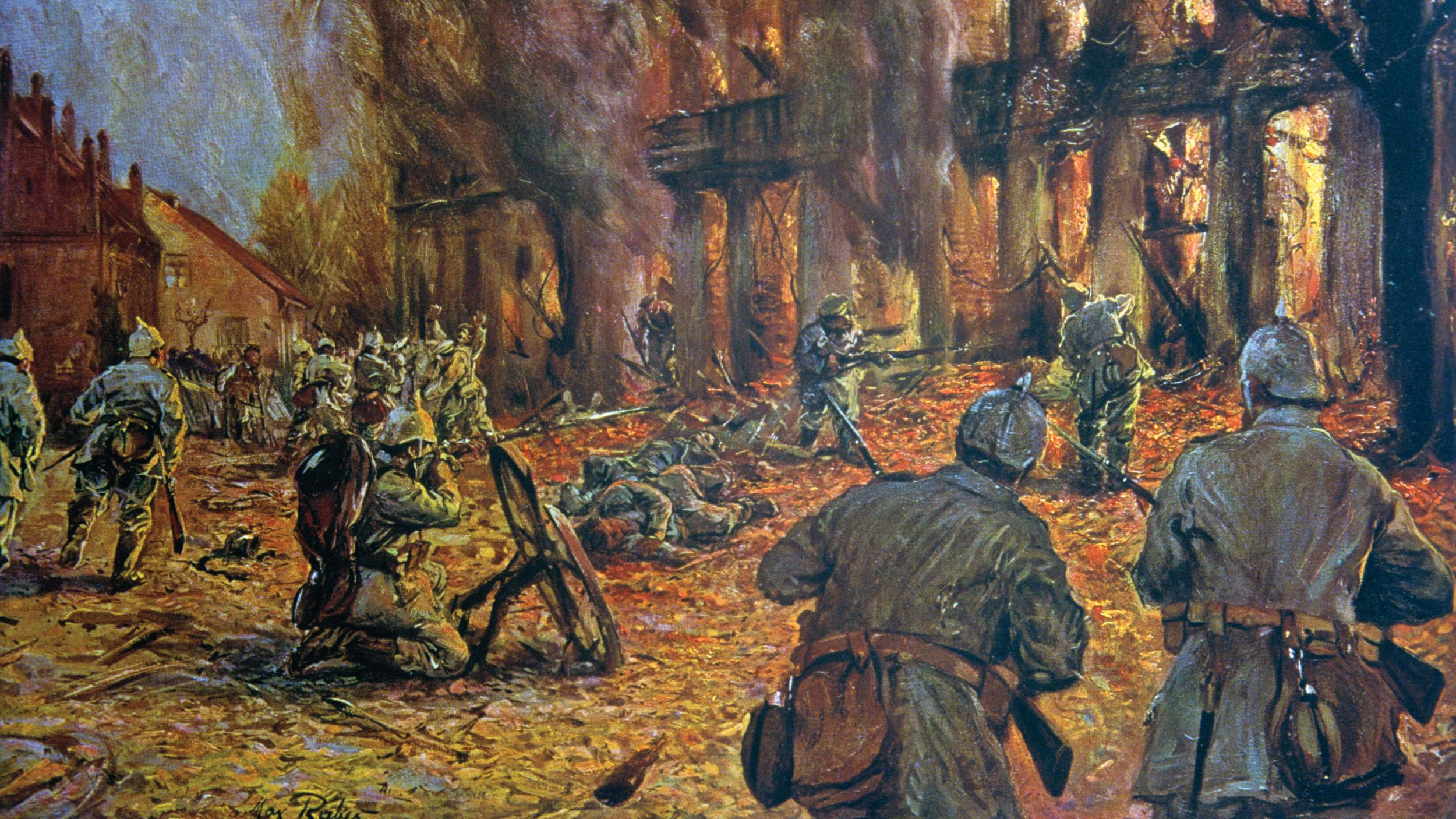
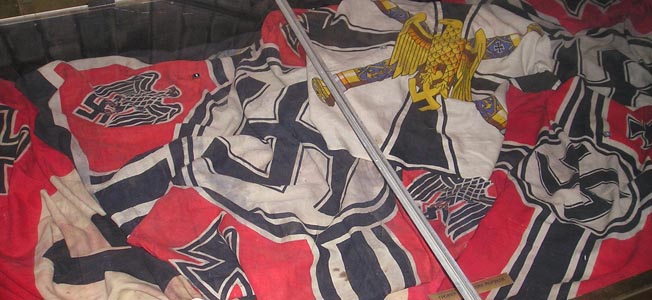
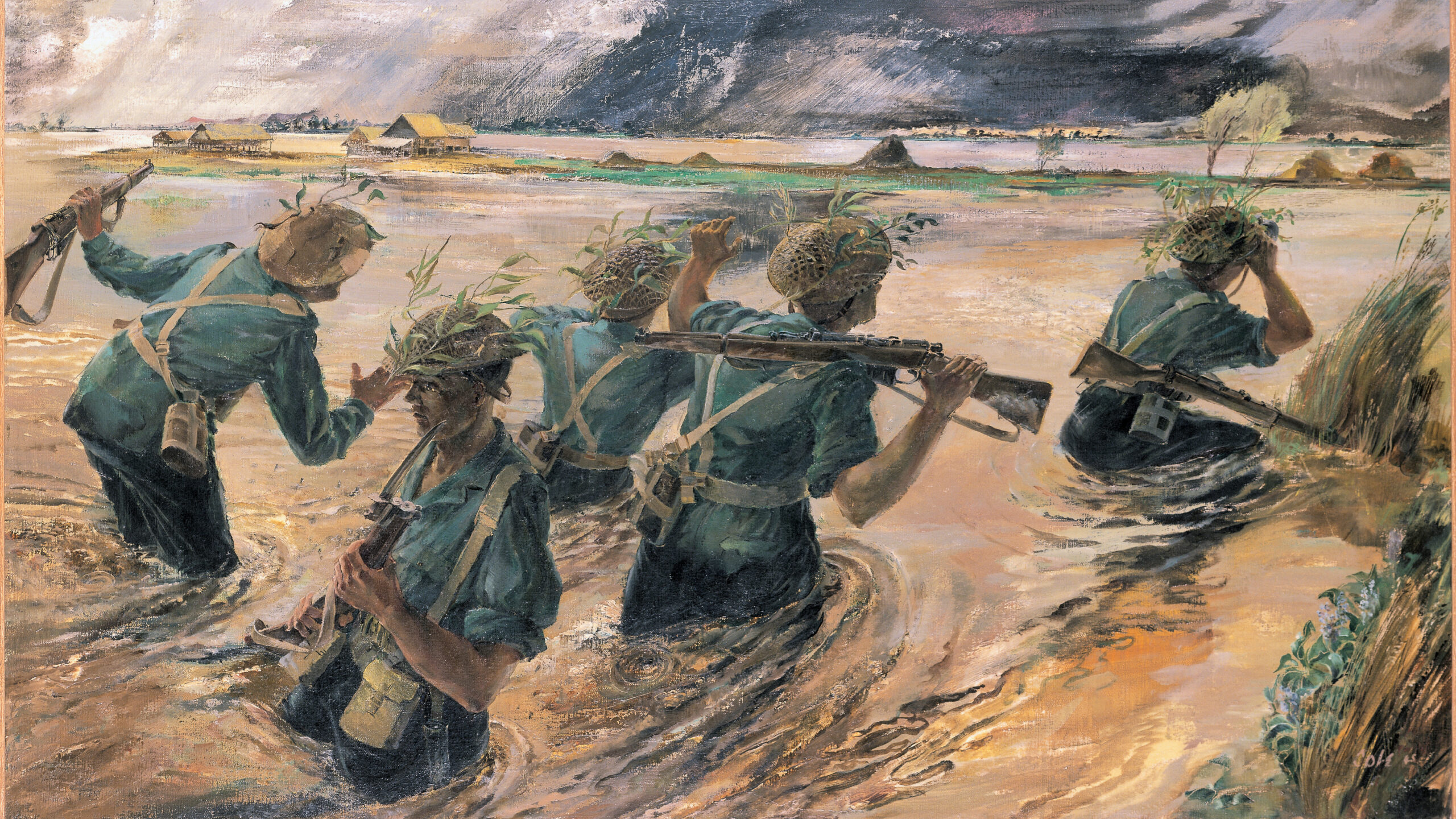
Join The Conversation
Comments
View All Comments